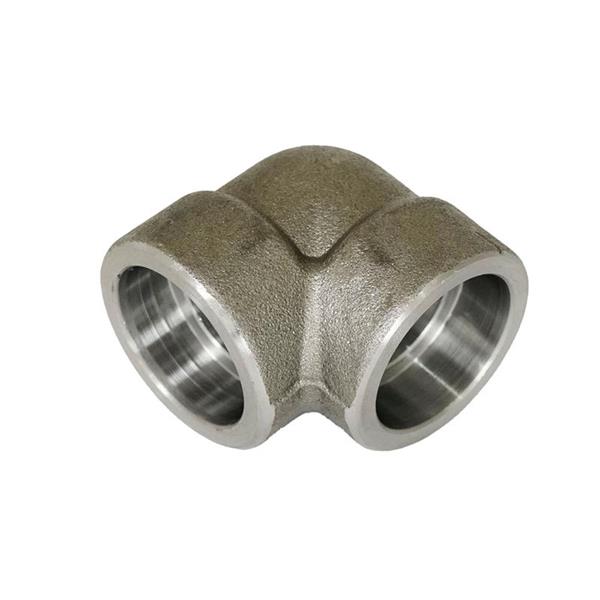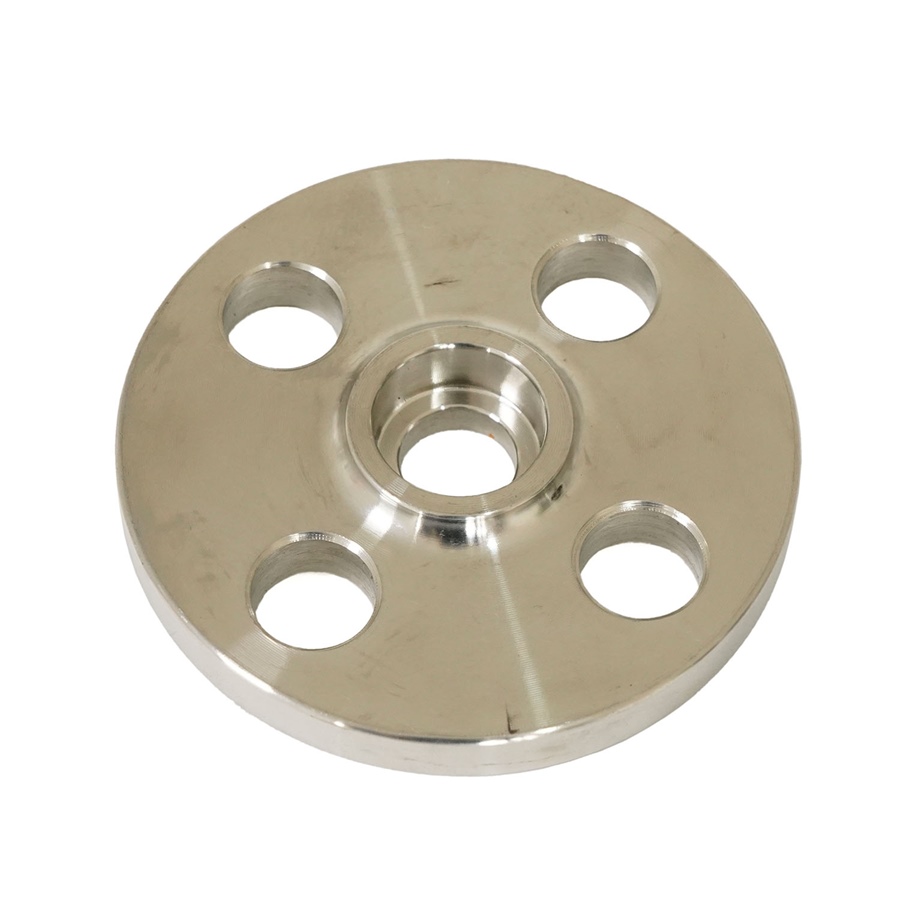The difference between butt welding and socket welding of pipe fittings and flanges
Socket welding: extend the pipe into the valve body for welding, mostly used for welding carbon steel pipes and stainless steel pipes below 2″;
Butt welding: Using resistance heat to weld two workpieces simultaneously along the entire end face, it is widely used for welding workpieces.


The difference between socket welding and butt welding:
1. Socket welding forms a fillet weld, while butt welding forms a butt weld. The strength and stress conditions of butt welding seams are better than those of socket welding, so butt welding should be used in situations with higher pressure levels and poor usage conditions.
2. Socket welding is generally used for small pipe diameters less than or equal to DN40, such as small-diameter valves and pipes, pipe fittings and pipe welding, which is more economical. Butt welding is generally used for pipes above DN40.
3. Those with lower pressure levels and smaller diameters are mostly socket welds, while those with higher pressure levels are often butt welds. And butt welding requires 100% flaw detection testing to ensure no leakage.
4. Socket welding requires a difference in diameter to insert welding, but there is no requirement for butt welding.
5. Butt welding requirements are generally higher than socket welding requirements, and the quality after welding is also better, so the testing methods are relatively strict. Butt welding requires radiographic testing, and socket welding requires magnetic particle or penetrant testing (such as magnetic particle testing for carbon steel and penetration testing for stainless steel).
Author: Maria
Post time: Dec-22-2023
